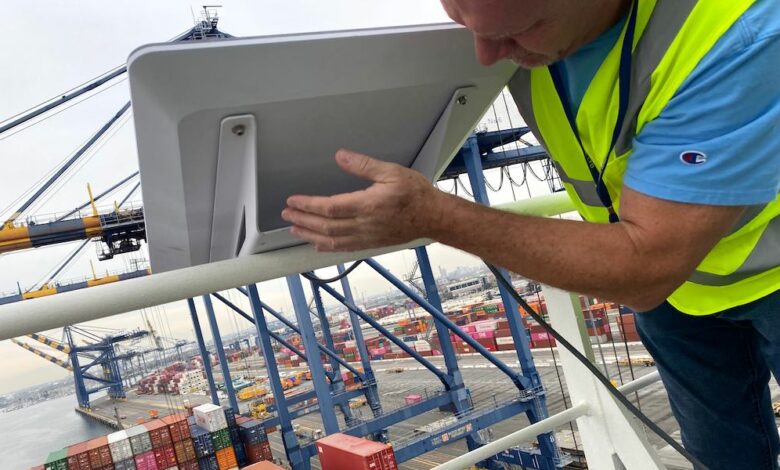
Long-term planning is obsolete thanks to speed of satcom evolution
Nabil Ben Soussia, group COO of IEC Telecom, examines the impact of rapid change on the satcom industry.
Fast-paced evolution within the satellite communications sector is transforming business planning – with only short to medium term predictions feasible in today’s marketplace. Long term planning is now obsolete.
Technology is developing so swiftly that business planning needs to mirror this pace. We must embrace a more adaptable, agile approach focusing on forecasting trends over the next five years not 30.
There has never been a bigger change than during the past two years. Over the past 30 years, the speed of evolution was too slow. Now changes happen instantly and every year we have something new.
Today’s satellites are not designed for longevity and this is a catalyst for the industry’s continued high-speed transformation: Starlink is already deploying the next generation and OneWeb is planning on to start the process in 2025. So the speed of change will be even faster from now on.
It is international bureaucracy which is currently obstructing the swift development of satellite connectivity. The speed of international licencing has not changed.
The rapid pace of satcom advancement is matched by escalating demand for connectivity as users take advantage of the high speed, low cost options available today. The covid pandemic was a particular catalyst for the substantial uptake in satcom solutions. Covid changed the mindset of both customers and suppliers. Telecoms became crucial for many businesses.
Since then the advent of Low Earth Orbit (LEO) satellites has transformed both the sector and customer expectations. LEO technology is offering bandwidth that we never dreamed about and latency levels that change the whole way of operating. There are things that are possible today that a few years ago were not possible. Today, with LEO, whatever applications work on your phone will work with LEO satellites.
Such substantial developments also bring new challenges, not least in cyber security. We used to have vessels in the maritime sector with 2megabytes per second connectivity, three ports and a maximum of 10 users. Today it is up to 220mbps and everyone has access. You cannot treat the cyber threat in the same way. As the number of users rises and you expand the capacity, this increases the number of sites users have access to. You can’t jump onto that level of connectivity without taking increased care of cyber security. Network segregation is particularly important, separating vital operating systems from crew/staff communications and internet access.
Increased affordability has encouraged satcom users to expand the levels of automation they make use of and to increase the reliance on these. This escalating dependence on connectivity means users cannot afford to have down time. Hybrid connectivity is the solution to this challenge. With automation you rely a lot more on the satellite communication so being able to have two or more different types of satellite connection ensures that the connection does not drop when you need it most.
Currently the maritime sector is focussed on a hybrid mix of LEO and GEO connectivity which affords fast and large bandwidth communication alongside a reliable back-up system. Back up systems, particularly over L-band, are now able to perform a range of services not previously possible thanks to developments in software specifically for these systems.
LEO is bridging the digital divide by offering wider services over an expanded geography. LEO is doing very well but LEO cannot do everything in a short time and this is likely to be the case for the next few years. There is still a market for GEO at present.